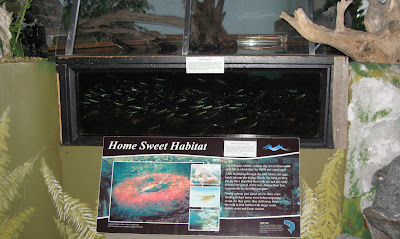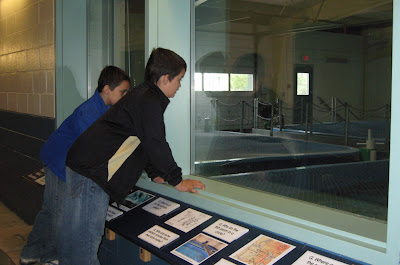 |
| The Brooklin Inn - Early Spring 2012 |
Elwyn Brooks White, would
often sit on its rocky beaches with his little dog, Minnie. The quiet man was far better
known to the world as E. B. White and author of two of the most famous
children’s tales ever written, Charlotte’s Webb and Stuart Little, as well as, the
ever-so-handy Strunk & White’s The Elements of Style. Originally from New
York, the serenity of Maine became home to him, as it has for many others. His
son, Joel White became a navel architect and boat builder and owned the
Brooklin Boatyard.
There is no doubt E.B., his
wife, Katharine Angell White, and their family has left their imprints on
Brooklin’s history. E. B. White died in North Brooklin at the age of 86. History
in this town is deeply embedded into its shores. Besides White, included in its
timeline are the Red Paint People and the Revolutionary War. A trip to the
Friend Memorial Public Library in the middle of town will provide you with a
lot of information about Brooklin’s past inhabitants and even put you face-to-face
with an original Garth Williams illustration for E. B. White’s book, Stuart
Little.
However, this little blog
isn’t really about E. B. White, it’s about Brooklin, a quiet place in a
warp-speed world. Located on Maine’s Downest coastline, it’s surrounded by
beautiful Blue Hill Bay to its east, Jericho Bay to its south, and Eggemoggin
Reach to its southwest—a perfect place for great sailing, fishing, and
lobstering, as well as relaxing and exploring nature.
 Visitors soon discover, as
they drive into Brooklin from Blue Hill, time seems to have lost about sixty or
so years on the way there. Visiting Brooklin, is encountering life pretty much
as it was in the 1950s. The center of town
features a general store, post office, church, cafe, three inns, a library,
small artist’s galleries and an antique shop.
However, this quaint
little community is also large enough to house Wooden Boat Magazine, Wooden
Boat School, boat builders, artists, musicians, writers, and variety of people
who simply enjoy being away from it all.
Visitors soon discover, as
they drive into Brooklin from Blue Hill, time seems to have lost about sixty or
so years on the way there. Visiting Brooklin, is encountering life pretty much
as it was in the 1950s. The center of town
features a general store, post office, church, cafe, three inns, a library,
small artist’s galleries and an antique shop.
However, this quaint
little community is also large enough to house Wooden Boat Magazine, Wooden
Boat School, boat builders, artists, musicians, writers, and variety of people
who simply enjoy being away from it all. |
| Paella, Brooklin Inn Style |
The Brooklin Inn, with its
fine dinning, B & B lodging and Irish Pub, operates year round and is found
right in the heart of town, across from the library. Chip Angell and his wife,
Gail, operate the cozy inn. Folks, both first time and frequent dinner guests, seek
it out for its classic old fashion hospitality, neighborly atmosphere, fresh Maine
seafood and local organic fare that’s served with an international flare by
their Cordon Bleu chef. Everything on Chef Tyson’s menu is as local and fresh
as possible. Their collection of wines require a more than extensive list and are
personally selected by Chip, the inn’s owner, specifically to compliment the
meals served.
 You can read more about the Brooklin
Inn in the June 2012 issue of theSCENE, a monthly magazine, published by
Courier Publications LLC in Rockland, Maine. View theSCENE online.
You can read more about the Brooklin
Inn in the June 2012 issue of theSCENE, a monthly magazine, published by
Courier Publications LLC in Rockland, Maine. View theSCENE online.
You can also learn more from the Brooklin Inn directly.
Painting (left), pictured on the wall at the Brooklin Inn, is a provocative piece of artwork, and certainly a conversation piece, created by local artist, Daniel Snyder, who operates his studio at 29 Reach Road in Brooklin.
© Copyright 2012 Gail J. VanWart All Rights Reserved








































